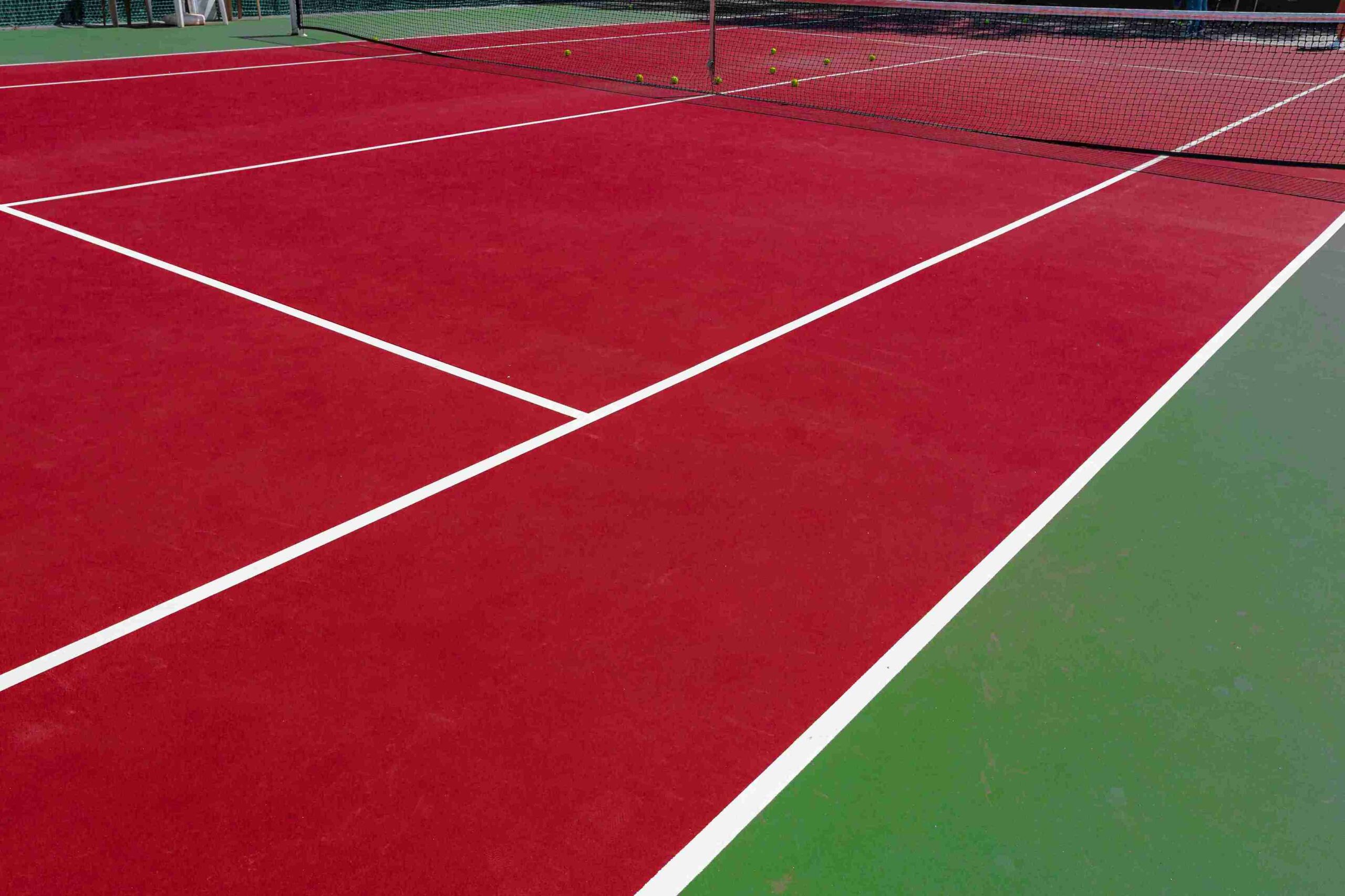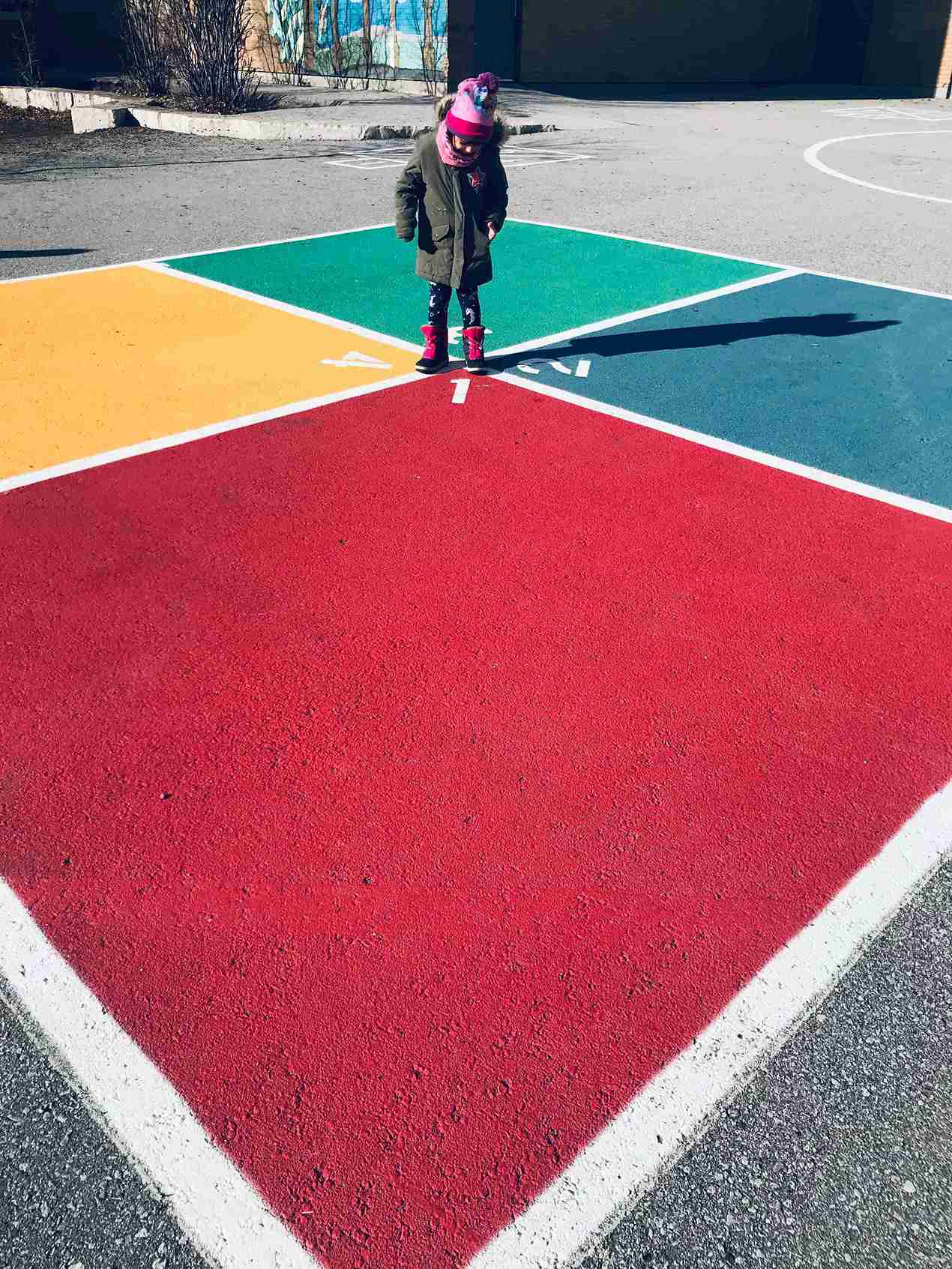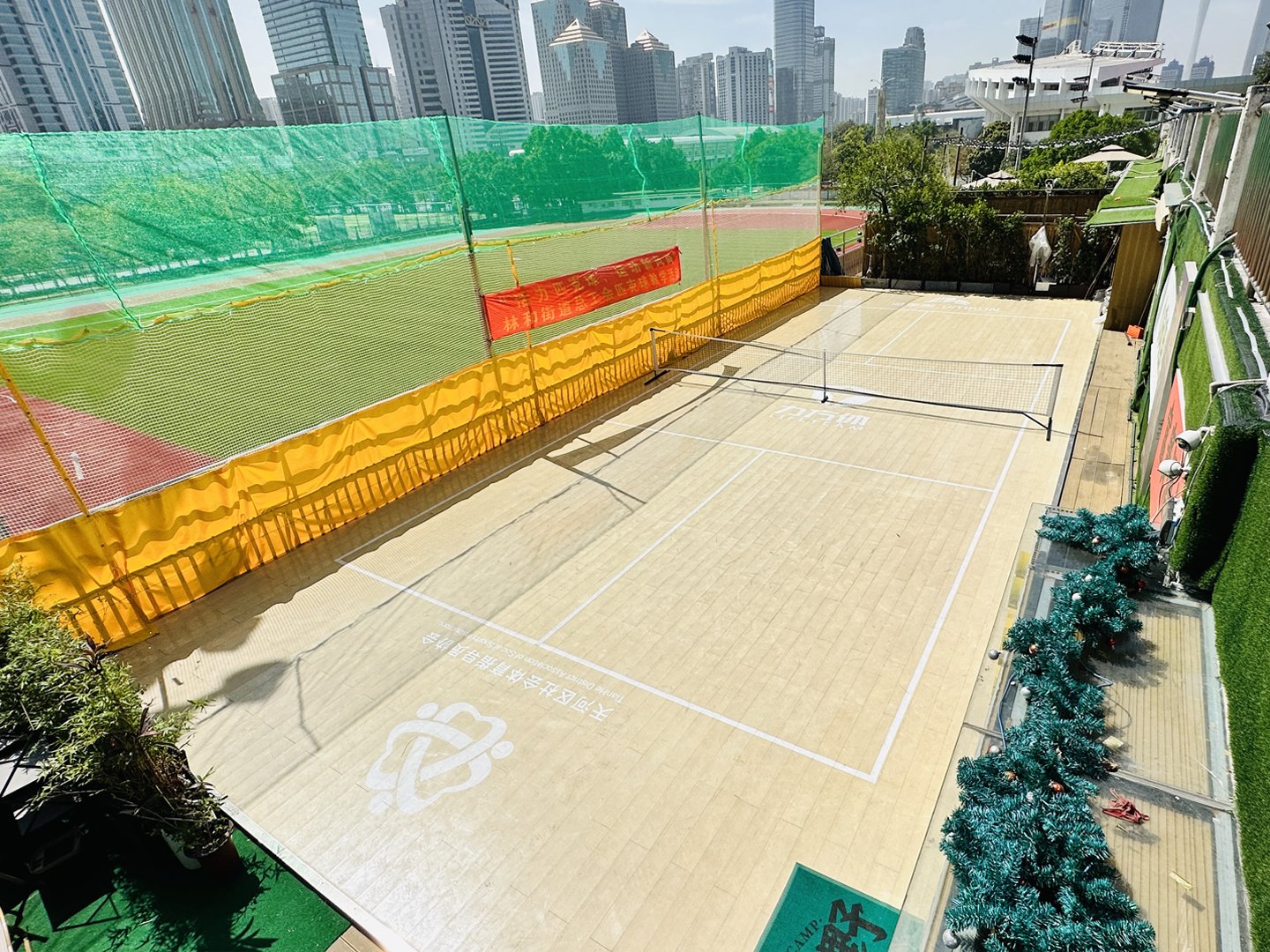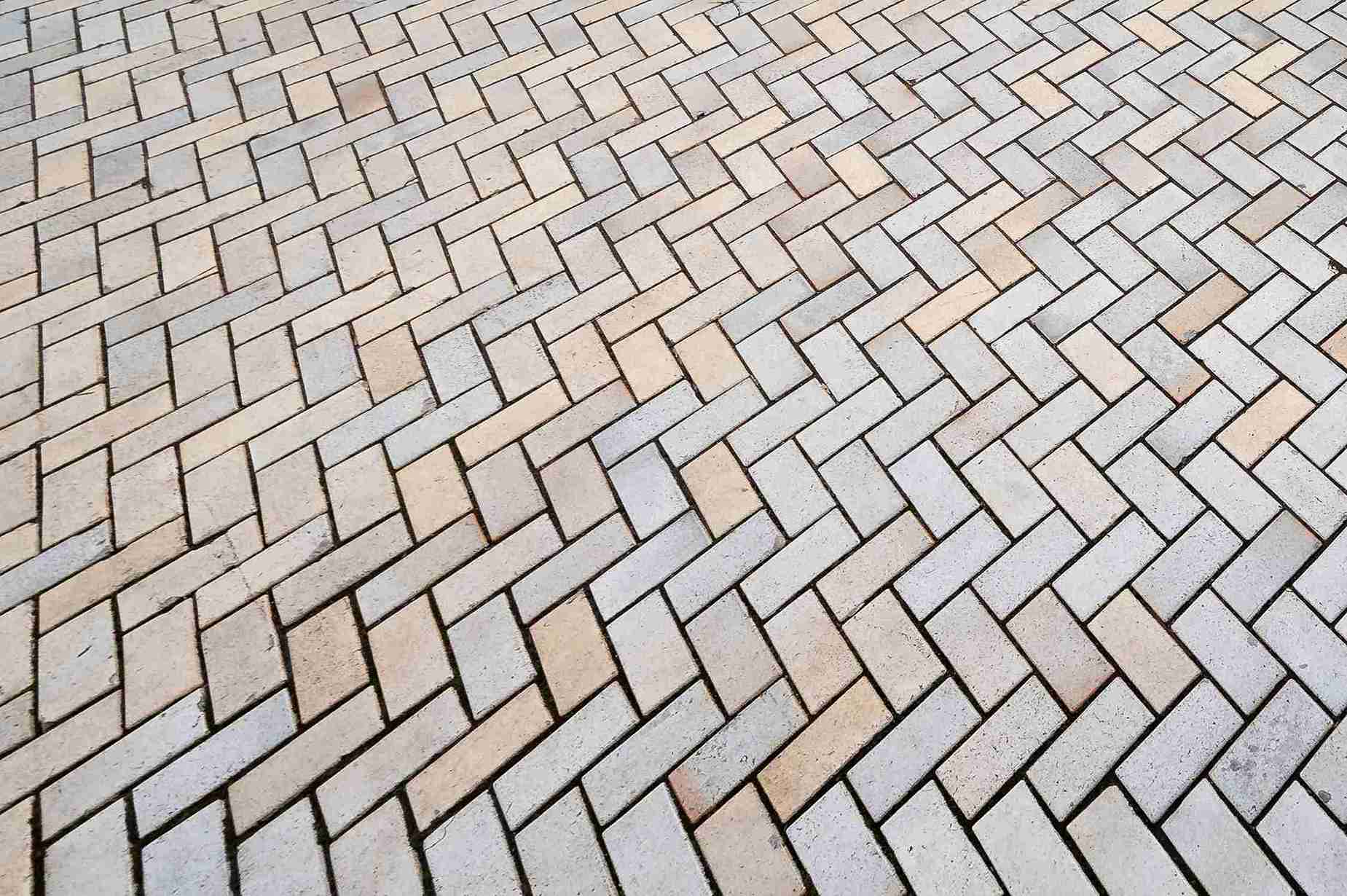Badminton demands explosive movements, precise footwork, and lightning-fast directional changes. The surface beneath players’ feet plays a crucial role in determining performance levels, injury prevention, and overall gameplay quality. While many factors contribute to athletic excellence, the foundation—literally—begins with selecting the right sports flooring.
Professional badminton players understand that every millisecond counts. The difference between winning and losing often comes down to a player’s ability to execute quick lunges, powerful smashes, and agile court coverage. These demanding physical requirements place significant stress on joints, muscles, and ligaments, making the choice of flooring surface critical for both performance optimization and long-term athletic health.
Hardwood sports flooring has emerged as the gold standard for badminton courts worldwide. This specialized flooring system combines natural wood aesthetics with engineered performance characteristics designed specifically for racquet sports. From shock absorption properties that protect players’ joints to consistent ball bounce that ensures fair gameplay, hardwood sports floors deliver the technical specifications required for competitive badminton.
This comprehensive guide explores how hardwood sports flooring transforms badminton performance, examining the science behind these specialized surfaces and their impact on player safety, gameplay consistency, and athletic achievement.
Understanding Hardwood Sports Flooring
Hardwood sports flooring represents a sophisticated engineered system designed specifically for athletic performance. Unlike residential hardwood floors, sports flooring incorporates multiple layers of specialized materials to create optimal playing conditions while maintaining the natural beauty and durability of solid wood surfaces.
Materials and Construction
Premium hardwood sports flooring typically utilizes northern hard maple as the surface material. This specific wood species offers exceptional durability, consistent grain patterns, and natural shock-absorbing properties essential for sports applications. The maple surface provides the ideal balance of hardness and flexibility required for badminton’s dynamic movement patterns.
The construction process involves multiple engineered layers working together to create a comprehensive flooring system. The surface layer features precisely milled maple planks treated with specialized finishes designed to optimize traction without creating excessive grip. Beneath the surface, engineered subfloor systems incorporate shock-absorbing materials such as foam pads, rubber components, or specialized spring systems.
These layered systems create controlled deflection zones that absorb impact energy while maintaining surface stability. The engineering allows the floor to compress slightly under load, reducing the impact forces transmitted to players’ joints and muscles during high-intensity movements.
Standards and Certifications
Professional hardwood sports flooring must meet rigorous international standards to ensure consistent performance and safety. The EN 14904 European standard establishes specific requirements for sports flooring systems, including shock absorption percentages, vertical deformation limits, and surface friction coefficients.
Similarly, the DIN 18032 German standard provides detailed specifications for indoor sports surfaces, covering everything from ball bounce consistency to slip resistance measurements. These certifications ensure that hardwood sports flooring delivers predictable performance characteristics essential for competitive badminton play.
Benefits of Hardwood Sports Flooring for Badminton Players
Shock Absorption: Protecting Athletic Performance
The shock absorption properties of hardwood sports flooring provide fundamental protection for badminton players’ musculoskeletal systems. During intense rallies, players repeatedly execute explosive movements including lunges, jumps, and rapid directional changes that generate significant impact forces.
Quality hardwood sports floors absorb 55-65% of impact energy, substantially reducing the stress placed on players’ ankles, knees, hips, and spine. This shock absorption capability allows athletes to maintain peak performance levels throughout extended training sessions and competitive matches while minimizing fatigue accumulation in joints and supporting muscles.
The biomechanical advantages extend beyond immediate comfort. Reduced impact stress translates to decreased risk of overuse injuries, allowing players to train more consistently and maintain longer competitive careers. Professional athletes report feeling less fatigued after matches played on properly engineered hardwood sports floors compared to harder surfaces like concrete or tile.
Consistent Ball Bounce: Ensuring Fair Gameplay
Badminton’s fast-paced nature requires absolute consistency in shuttlecock behavior and ball bounce during training exercises. Hardwood sports flooring provides uniform surface density and elasticity across the entire court area, ensuring predictable ball response regardless of location.
This consistency proves particularly important for badminton training that incorporates ball-based exercises for reaction time development and hand-eye coordination improvement. Players can rely on consistent bounce patterns, allowing them to focus on technique refinement rather than compensating for unpredictable surface variations.
The engineered construction of hardwood sports floors maintains these consistency standards even under varying environmental conditions. Temperature and humidity fluctuations that might affect other flooring materials have minimal impact on properly installed maple sports surfaces, ensuring reliable performance year-round.
Enhanced Traction: Enabling Explosive Movement
The surface treatment and natural properties of hardwood sports flooring provide optimal traction characteristics for badminton’s movement demands. The finish systems applied to maple surfaces create controlled friction that allows players to generate powerful push-off forces while maintaining directional control during rapid movements.
This enhanced traction enables the quick lateral movements, sudden stops, and explosive starts that define elite badminton play. Players can confidently execute aggressive shots and court coverage patterns without concern for slipping or losing footing during critical points.
The traction properties remain consistent throughout the floor’s lifespan when properly maintained. Unlike synthetic surfaces that may become slippery when wet or lose grip over time, hardwood sports flooring maintains its performance characteristics through regular cleaning and periodic refinishing.
Durability and Longevity: Long-term Performance Investment
Professional-grade hardwood sports flooring systems are engineered for decades of high-intensity use. The solid maple surface can be refinished multiple times throughout its lifespan, allowing facility managers to restore like-new performance characteristics without complete floor replacement.
This durability proves particularly valuable for badminton facilities that host frequent tournaments, training camps, and daily practice sessions. The flooring system maintains its performance specifications even under intensive use patterns that would quickly degrade lesser quality surfaces.
The longevity extends beyond just the surface material. The engineered subfloor systems are designed to maintain their shock absorption and stability properties for 20-30 years with proper maintenance, making hardwood sports flooring a sound long-term investment for serious badminton facilities.
Aesthetic Appeal: Creating Professional Environments
The natural beauty of hardwood sports flooring creates an inspiring environment that enhances player focus and enjoyment. The warm wood tones and professional appearance contribute to the psychological aspects of athletic performance, helping players feel confident and motivated.
This aesthetic appeal proves particularly important for tournament venues and training facilities seeking to create memorable experiences for athletes and spectators. The classic appearance of maple hardwood conveys quality and professionalism that reflects positively on the facility and events hosted.
The Science Behind Performance: How Hardwood Flooring Enhances Badminton Gameplay
Advanced Shock Absorption Mechanisms
Modern hardwood sports flooring incorporates sophisticated shock absorption technologies that go beyond simple padding. The vmkonsport biomass sport wooden floor system utilizes engineered subfloor assemblies that create controlled deflection zones throughout the playing surface.
These systems work by distributing impact forces across multiple support points rather than concentrating stress in single locations. When a player lands from a jump or executes a powerful lunge, the floor system flexes in a controlled manner that absorbs energy while maintaining surface stability for continued play.
The biomass macwood elite system represents the latest advancement in hardwood sports flooring technology. This innovative approach combines traditional maple surface benefits with enhanced subfloor engineering that provides superior shock absorption while maintaining the responsive feel that badminton players require.
Traction Optimization for Athletic Performance
The surface characteristics of hardwood sports flooring are carefully engineered to provide optimal traction for badminton’s specific movement patterns. The finish systems applied to maple surfaces create microscopic texture patterns that enhance grip without creating excessive friction that could impede smooth directional changes.
This traction optimization allows players to generate maximum force during explosive movements while maintaining control during rapid deceleration. The surface provides sufficient grip for confident push-off during serves and smashes while allowing smooth sliding motions during defensive recoveries.
Ball Bounce Consistency and Strategic Impact
The uniform density and elasticity of hardwood sports flooring creates consistent ball bounce characteristics that directly impact strategic gameplay. Players can rely on predictable ball behavior when practicing drop shots, defensive clears, and net play techniques that require precise placement and timing.
This consistency extends to the shuttlecock’s interaction with the floor during certain shots. While the shuttlecock rarely contacts the floor during play, the consistent surface properties ensure that any contact produces predictable results, maintaining fair play conditions throughout matches.
Case Studies and Examples
Professional Tournament Venues
Major badminton tournaments worldwide consistently choose hardwood sports flooring for their premier venues. The All England Open, BWF World Championships, and Olympic Games all utilize professionally installed maple hardwood surfaces that meet the highest international standards for performance and safety.
These high-profile installations demonstrate the confidence that tournament organizers place in hardwood sports flooring’s ability to provide consistent, safe playing conditions for the world’s best athletes. The flooring systems perform reliably under the intense scrutiny of televised competition while withstanding the demands of multiple matches per day.
Training Facility Transformations
Badminton training facilities that have upgraded from synthetic or tile surfaces to hardwood sports flooring report significant improvements in athlete satisfaction and performance metrics. Players experience reduced fatigue during extended training sessions and report feeling more confident in their movement capabilities.
Coaches note improvements in training quality as athletes can focus on technique development rather than adapting to inconsistent surface conditions. The ability to train on surfaces identical to competition venues provides valuable preparation advantages for serious competitive players.
Player and Coach Testimonials
Professional badminton players consistently praise the performance characteristics of quality hardwood sports flooring. Athletes report feeling more secure during aggressive play, experiencing less joint fatigue, and enjoying improved overall comfort during training and competition.
Coaches emphasize the importance of consistent surface conditions for effective skill development. The predictable performance characteristics of hardwood sports flooring allow coaches to design training programs that effectively prepare athletes for competition conditions while minimizing injury risk.
Maintenance and Care of Hardwood Sports Floors
Daily Cleaning Guidelines
Proper maintenance begins with daily cleaning protocols designed to preserve the floor’s performance characteristics and appearance. Dust mopping with microfiber materials removes surface debris that could affect traction or create abrasive conditions during play.
Weekly damp mopping with pH-neutral cleaning solutions removes accumulated moisture and maintains the surface finish integrity. Avoid harsh chemicals or excessive water that could penetrate the wood surface and affect the engineered subfloor systems.
Refinishing and Resurfacing Techniques
Professional refinishing typically occurs every 3-5 years depending on usage intensity. The process involves light sanding to remove surface wear, followed by application of new finish coats that restore optimal traction characteristics and appearance.
Complete resurfacing may be required every 15-20 years, involving deeper sanding to remove accumulated wear and restore the original surface profile. This process extends the floor’s lifespan significantly while maintaining like-new performance characteristics.
Preventative Measures for Longevity
Environmental control systems help maintain stable temperature and humidity levels that prevent wood movement and preserve the engineered subfloor integrity. Proper ventilation and climate control protect the significant investment in quality hardwood sports flooring.
Regular professional inspections identify potential issues before they affect performance or require expensive repairs. Preventative maintenance programs ensure optimal performance throughout the floor’s service life while maximizing return on investment.
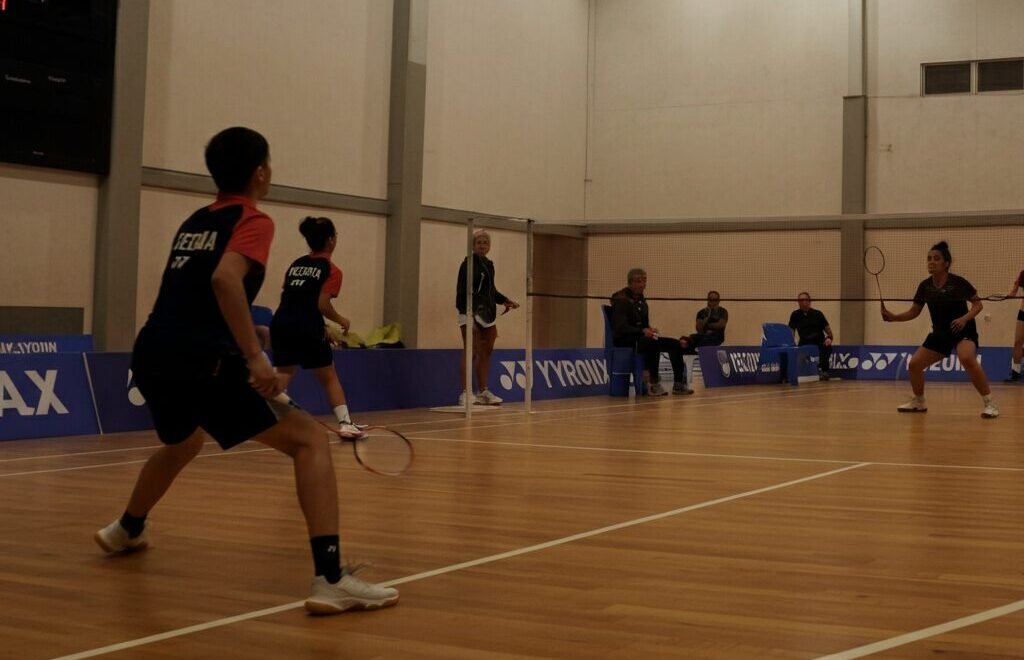

FAQs
What makes hardwood sports flooring different from regular hardwood flooring?
Hardwood sports flooring incorporates specialized subfloor systems designed for shock absorption and athletic performance. Unlike residential flooring, sports floors meet specific standards for deflection, traction, and durability while providing consistent playing characteristics essential for competitive sports.
How long does hardwood sports flooring typically last?
With proper maintenance, hardwood sports flooring systems can provide 20-30 years of service. The maple surface can be refinished multiple times throughout this period, allowing facility managers to restore like-new performance without complete replacement.
Is hardwood sports flooring suitable for multi-sport facilities?
Yes, quality hardwood sports flooring accommodates multiple sports including badminton, basketball, volleyball, and other indoor activities. The versatile performance characteristics make it an excellent choice for facilities hosting various sports programs.
What maintenance is required for optimal performance?
Daily dust mopping, weekly damp cleaning, and periodic professional refinishing maintain optimal performance. Environmental control and regular inspections help prevent issues that could affect the floor’s performance characteristics.
How does hardwood sports flooring compare to synthetic alternatives?
Hardwood sports flooring provides superior shock absorption, consistent performance characteristics, and longer lifespan compared to most synthetic alternatives. The natural wood surface offers better traction and aesthetic appeal while maintaining its properties through refinishing rather than requiring complete replacement.
Conclusion
The connection between flooring quality and athletic performance becomes increasingly clear as sports science continues advancing our understanding of biomechanics and injury prevention. Hardwood sports flooring represents more than just a playing surface—it’s a comprehensive system designed to optimize human performance while protecting athlete health and safety.
The vmkonsport biomass sport wooden floor and biomass macwood elite system represent the cutting edge of hardwood sports flooring technology. These advanced systems combine traditional maple surface benefits with innovative engineering that delivers superior performance characteristics for demanding badminton applications.
For badminton facilities serious about providing optimal playing conditions, the investment in quality hardwood sports flooring pays dividends through improved athlete satisfaction, reduced injury rates, and enhanced facility reputation. The long-term value proposition extends beyond initial installation costs to encompass decades of reliable performance and maintainability.
The choice of sports flooring ultimately reflects a facility’s commitment to excellence. Professional athletes, serious recreational players, and facility managers all benefit from the superior performance characteristics that only quality hardwood sports flooring can provide.
Contact us today to discover how premium hardwood sports flooring solutions can transform your badminton facility and elevate player performance to new levels.


